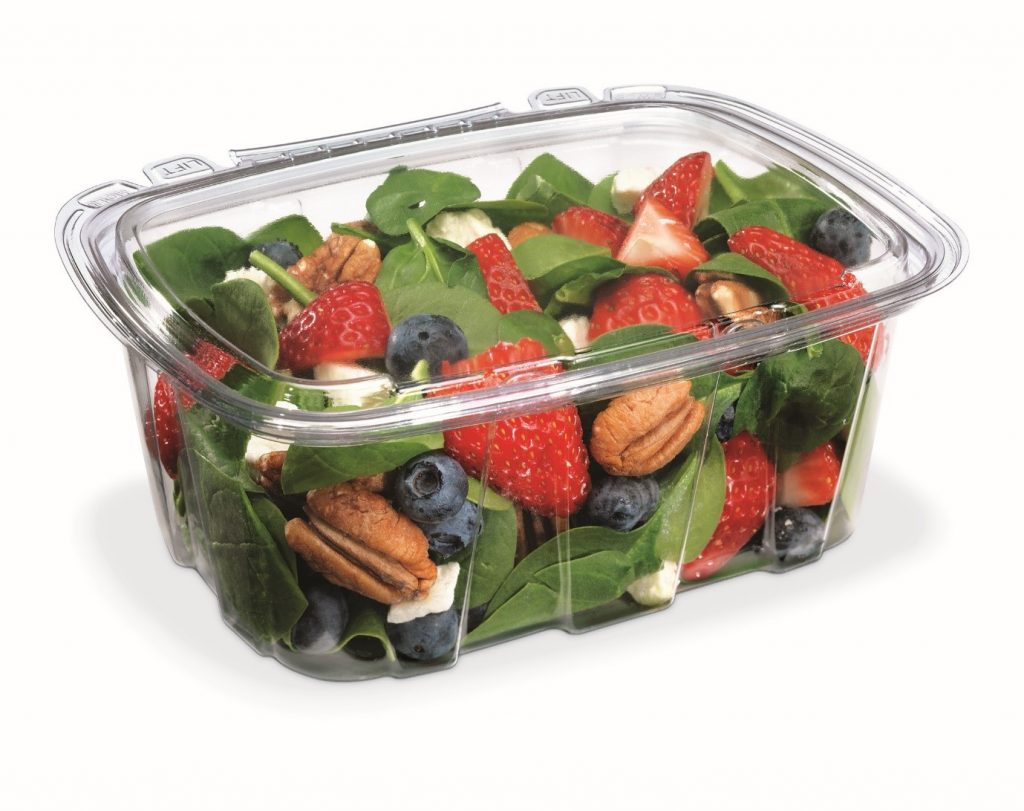How Plastic Packaging Comes in Handy with Food Protection
While people may think wasting food as an economic problem, the aftermath of the environment is far worse. The impact it has is significant to the carbon footprint rather than the source used to package. Growing food means investing in resources like land, water, energy, and fuel. 30% of the supplies are in turn wasted when food is drained into the wasteland. Around one-third of the food produced in the world for consumption, goes to waste every year. Half of which include the worlds annual cereal crops.
Another issue to tackle is the increase in population and the upsurge in consumer goods as the manufacturers are engaging in enhancing their additional value. They also need to ensure that the food is well persevered by using suitable packaging techniques that keeps the food fresh until the point of sale. While there are many different approaches to preserve food, plastic has always been the most reliable and preferred stance. The reason plastic has been able to stay in the market is because of its resistibility and durability.
Why Plastic are used in packaging food?
Plastic is versatile and is used a packaging material for various reasons:
- Being strong and lightweight, plastic can store more product with less packaging material, compared to other substitutes.
- Plastic can block the transmission of oxygen, which keeps the fresh meat intact and locks out the air which is responsible for the loss of flavour, texture, and nutrients.
- Plastic is easier to carry around. When taken in bulk, it saves space through shaking objects which make it convenient to transport.
- Plastic can to take on extreme temperatures and pressures. It also acts as a protective layer for the food and beverage by protecting it from micro-organisms, moisture, dust, and colours.
- Plastic is cheap and available in abundance which makes it efficient for small scale food manufacturers as it is on board with the standardized packaging alternatives.
- It reduces the emission of methane from food which is deadlier than carbon dioxide.
- Plastic can be easily recycled and reused. They don’t take much energy in production as compared to other materials.

Get to know your plastic
Plastics are identified by the numbers -The Resin Identification Code- it is important to know this due to the risk they pose.

Look around in your home to see these chasing arrows with the numbers present on the flip side of your plastic boxes, containers or bottles. Each symbol identifies the type of plastic used to make the product, if it’s recyclable or reusable. There is a high possibility that numbers, #3 and #7 has been infused with chemicals like BPA (bisphenol A) or PVC which can take a toll on your health. Whereas numbers #2, #4 and #5 engraved on the bottom are good quality plastics which are safe for use.
While recent detection may demote the use of the medium, let’s remember how plastic packaging is helping us curb down the struggle of wasting food.
Leave a Reply Cancel reply
Recent Posts
- Understanding The Materials That Are Used To Build Plastic Toys
- All You Need To Know About Food-grade Plastics
- A Glance At The Materials That Boost The Performance Of Plastics
- Understanding The Importance Of Exploring New Business Opportunities In The Plastic Industry
- Understanding The Importance Of Investing in R&D For The Plastic Industry
Categories
- 3D Printing
- AIPMA
- Automation
- Automobile Sector
- Bio Plastics
- Environment
- Innovations In Recycling
- Latest Innovations
- Molds & Dies
- News
- Packaging Industry
- Plastic
- Plastic Application
- Plastic Industry
- Plastic Market
- Plastic Myths
- Plastic News From The World
- Plastic Packaging
- Plastic Products
- Plastic Recycling
- Plastic Solar Cells
- Plastic Toys
- Plastic Waste
- Plastic World
- Plastics
- Plastics And Their Applications
- Plastics In Agriculture
- Plastics In Healthcare
- Plastics In Medical Industry
- Plasticulture
- Processing Machinery
- Recycling Machines
- Robotics
- Uncategorized
- Virtual Reality
Archives
- November 2023 (3)
- October 2023 (2)
- September 2023 (3)
- August 2023 (3)
- July 2023 (3)
- June 2023 (3)
- May 2023 (2)
- April 2023 (2)
- March 2023 (2)
- February 2023 (2)
- January 2023 (2)
- December 2022 (3)
- November 2022 (1)
- October 2022 (1)
- September 2022 (2)
- August 2022 (1)
- July 2022 (3)
- May 2022 (3)
- March 2022 (2)
- February 2022 (1)
- January 2022 (1)
- September 2021 (2)
- August 2021 (3)
- July 2021 (4)
- June 2021 (4)
- May 2021 (3)
- April 2021 (2)
- March 2021 (4)
- November 2019 (8)
- October 2019 (8)
- September 2019 (8)
- August 2019 (8)
- July 2019 (8)
- June 2019 (8)
- May 2019 (8)
- April 2019 (8)
- March 2019 (8)
- February 2019 (11)
- January 2019 (8)
- December 2018 (8)
- November 2018 (12)
- October 2018 (12)

